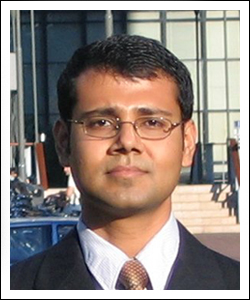Verification across Intellectual Property Boundaries
Presented as part of the 2016 HCSS conference.

Abstract:
In many industries, the importance of software components provided by third-party suppliers is steadily increasing. As the suppliers seek to secure their intellectual property (IP) rights, the customer usually has no direct access to the supplier’s source code, and is able to enforce the use of verification tools only by legal requirements. In turn, the supplier has no means to convince the customer about successful verification without revealing the source code. This article presents an approach to resolve the conflict between the IP interests of the supplier and the quality interests of the customer. We introduce a protocol in which a dedicated server (called the “amanat”) is controlled by both parties: the customer controls the verification task performed by the amanat, while the supplier controls the communication channels of the amanat to ensure that the amanat does not leak information about the source code. We argue that the protocol is both practically useful and mathematically sound. As the protocol is based on well-known (and relatively lightweight) cryptographic primitives, it allows a straightforward implementation on top of existing verification tool chains. To substantiate our security claims, we establish the correctness of the protocol by cryptographic reduction proofs.
This is joint work with Christian Schallhart and Helmut Veith.
Bio:
Sagar Chaki is a senior Member of Technical Staff at the Software Engineering Institute at Carnegie Mellon University. He received a B.Tech in Computer Science & Engineering from the Indian Institute of Technology, Kharagpur in 1999, and a Ph.D. in Computer Science from Carnegie Mellon University in 2005. These days, he works mainly on model checking software for real-time and cyber-physical systems, but he is generally interested in rigorous and automated approaches for improving software quality. He has developed several automated software verification tools, including two model checkers for C programs, MAGIC and Copper. He has co-authored over 50 peer reviewed publications. More details about Sagar and his current work can be found at http://www.contrib.andrew.cmu.edu/~schaki/.